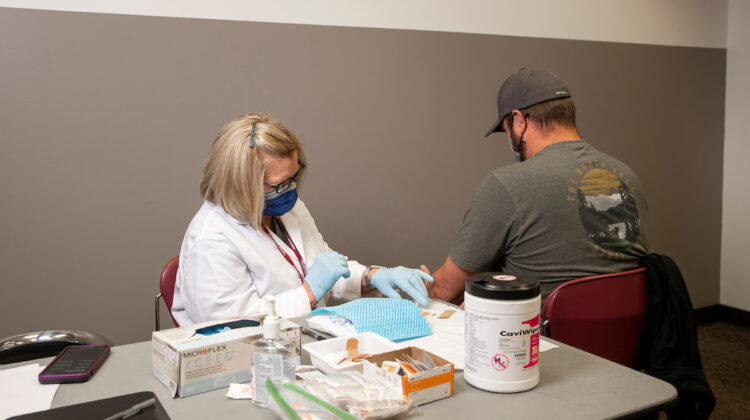Is there an effective way to foster friendships among tweens and teens?
Yes, according to a recent study conducted by psychologist Dr. Leslie Echols of Missouri State University and Dr. Jerreed Ivanich of the University of Colorado.
Engaging in meaningful Q&A
The researchers implemented the 36 questions activity known as Fast Friends in a local middle school. About 300 seventh and eighth graders were paired together with a partner of the same gender whom they didn’t know well or consider a friend.
In addition, about half of the students were paired up with a partner of the same race, while the other half had partners of a different race.
“I wanted to see if cross-race friendships could be induced as easily as same-race friendships,” said Echols, associate professor of psychology at MSU. “The literature suggested cross-race friendships are a little more difficult to form, so I wanted to test out that question experimentally.”
The partners took turns answering questions in two sessions. They spent time asking and answering questions that became increasingly more personal and required more vulnerability.
In the third session, each pair engaged in a tower building task together to achieve a common goal.
According to Echols, the questions started with basic facts, such as favorite foods, favorite places to eat in town, favorite present you have received and worst haircut ever.
The more personal questions included things like, “What is something you might do differently than your parents did?” and “Are there things about the way you were raised that you don’t agree with?”
“The conversations were very interesting. Most of the students shared a lot of personal details about their lives and found out a lot of things they had in common that they didn’t realize before,” Echols said.
Asking questions to build connections
Asking questions to build connections
Read the full transcript for part 1
Read the full transcript for part 2
New friendships created
At the end of the study, the results showed the partners felt closer to each other. The students considered their Fast Friends partner more of a friend than another student they had not interacted with in the activity.
The Q&A tasks also seemed to increase closeness and friendship more than the tower building one.
“There’s a lot of power in the question-and-answer activity,” Echols said. “It’s surprising how few opportunities children and youth have to interact with each other if they have not been part of the same friend group for a long time. And I think the questions themselves were key because they did move into more personal topics.”
The most surprising and positive outcome was that cross-race friendships were just as likely to form through the Fast Friends activities as the same race.
“There were no differences in the increases. I wasn’t expecting that, so it was exciting,” Echols said.
Echols will implement this Fast Friends exercise in schools where she’s currently working on interventions aimed at fighting peer victimization.


